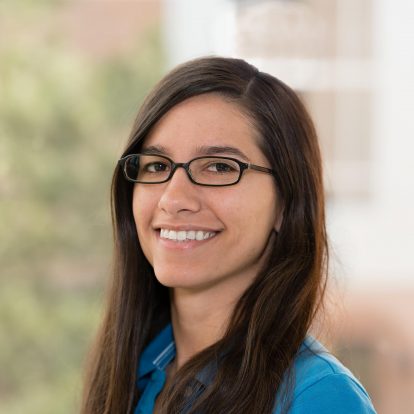
Contact Information
Overview
I earned a double major in Astronomy and Physics from UF in 2011 and my PhD in Astrophysical Sciences and Technology from the Rochester Institute of Technology in 2017 under the supervision of Dr. Andrew Robinson. I worked as a postdoctoral fellow at the University of Southampton with Dr. Sebastian Hoenig until 2020 and then as a postdoctoral fellow at South Carolina State University. I joined the faculty at UF in 2022 as a Scientist to oversee the operations of the UF Astronomy Observatories. My research experience spans code development and computer modeling, multi-wavelength observational Astronomy, data reduction and analysis, and managing data processing pipelines, and telescope software optimization. I am also very passionate about education and engaging the public, particularly young people from underrepresented groups, in STEM subjects. My teaching experience includes a variety of instructor, co-instructor, and guest lecturer roles at the undergraduate and high- school level. I have also participated in and led outreach and public engagement activities since I was an undergraduate.
Education
- Ph.D., Astrophysical Sciences and Technology, Rochester Institute of Technology, 2017
- B.Sc., Astronomy, University of Florida, 2011
- B.A., Physics, University of Florida, 2011
Research
My main research interests focus on supermassive black holes (SMBHs) and the role that they play in the evolution of their host galaxies. In particular, I study the properties of accreting SMBH, when they are observed as active galactic nuclei (AGN). Currently, I am studying, both theoretically and observationally, the optical emission line and infrared response of the gas and dust that surrounds AGN to variations in the continuum emission from the accretion disk using a technique called reverberation mapping. I am also interested in time domain studies of dust echoes in energetic transient sources such as tidal disruption events, supernova, etc.
Areas of Expertise
- Active Galactic Nuclei
- Reverberation Mapping
- Time-Domain Astronomy